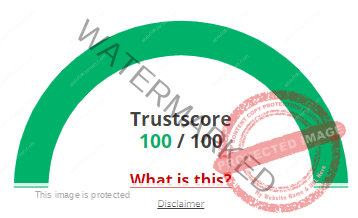Cell Culture Protocol
Cell Culture Protocol
Cell culture is a common laboratory technique to grow and maintain cells under controlled conditions. Here is a general protocol:
1. Cell Culture Basics:
– Always work in a sterile environment, such as a laminar flow hood.
– Always use sterile disposable plasticware like pipettes, flasks, and Petri dishes.
2. Preparing Media and Sera:
– Cell media typically consist of a basal medium supplemented with animal serum and antibiotics.
– Serum-containing media: Mix the basal medium, serum (usually FBS, fetal bovine serum), and antibiotics such as penicillin/streptomycin.
– Serum-free media: These are specially formulated and do not require the addition of serum.
– Always filter your media using a 0.2 μm filter to ensure sterility.
3. Preparing Cells:
– If cells were frozen, quickly thaw cells in a 37°C water bath, then transfer them to a tube containing pre-warmed media. Centrifuge cells to remove residual DMSO, then resuspend them in fresh media.
– If cells are already in culture, you might need to “pass them” or transfer them to a new flask to give them space to grow.
4. Passaging Cells:
– Remove media from the flask and rinse cells with PBS.
– Add trypsin or another dissociation enzyme to detach cells from the flask.
– Incubate at 37°C until cells are detached.
– Add media containing serum to deactivate trypsin, then transfer cells to a tube and centrifuge to form a cell pellet.
– Resuspend the cell pellet in fresh media, then seed the cell suspension into a new flask.
5. Cell Culture Maintenance:
– Cells usually need to be fed every 2–3 days, depending on the cell type and density.
– To feed, remove old media from the flask and add fresh media.
– When cells reach ~80–90% confluence, they typically need to be passaged again following the steps above.
6. Cell Cryopreservation:
– Trypsinize and centrifuge cells as before.
– Resuspend cell pellet in freezing medium, a typical media with a higher percentage of serum and 10% DMSO.
– Transfer cell suspension to cryovials and freeze cells in a controlled rate freezer to -80°C overnight.
– Transfer vials to liquid nitrogen for long-term storage.
Remember, every cell line can have its own particular requirements, so always consult the relevant product sheets or primary literature. Recommended culture conditions, such as temperature, CO2 concentration, and humidity, should be maintained consistently.
Discover more from abdullahfarhan.com
Subscribe to get the latest posts sent to your email.









